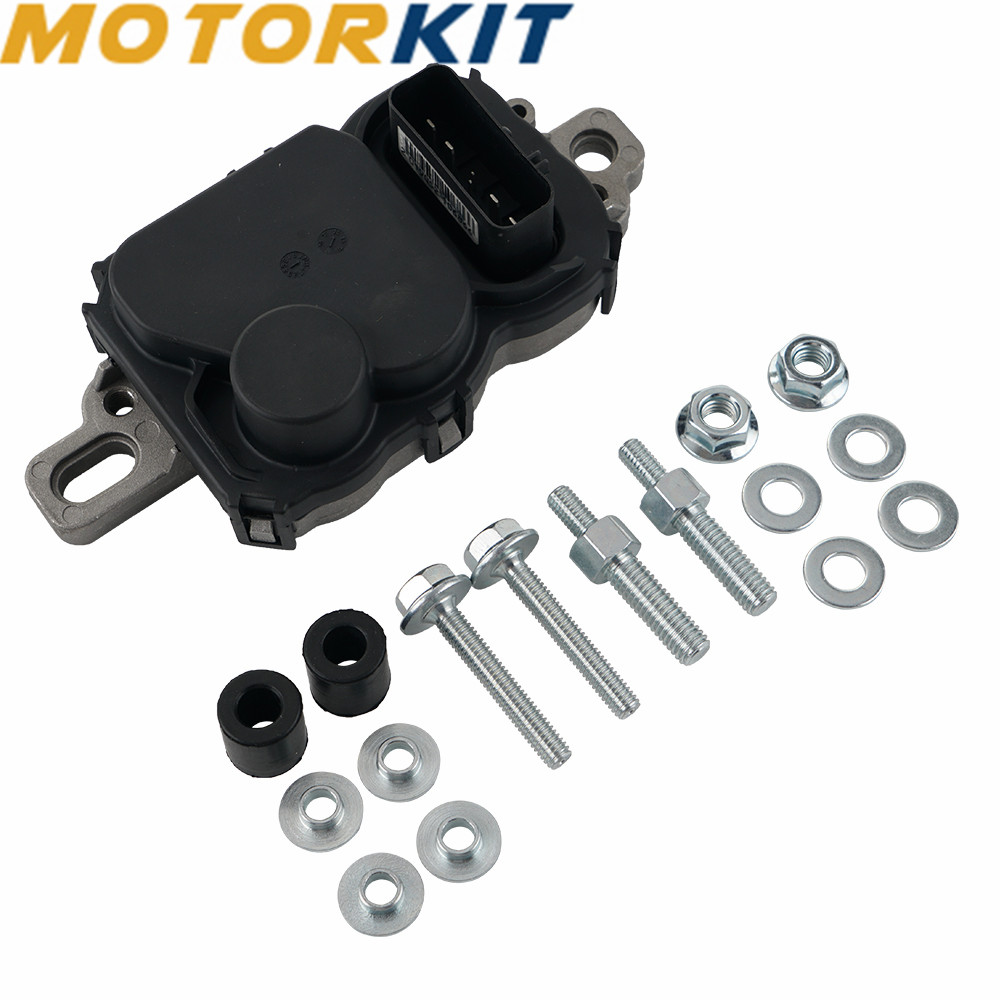

This code indicates that the PCM still has good communication with the FPDM, but sees that the fuel pressure is out of range via the FRPS. Typically, if the fuel pressure drops below 20 psi, the PCM will generate a P0191 trouble code. The PCM has the ability to recognize low fuel pressure from feedback from the FRPS. When diagnosing fuel pressure issues, the first step is to retrieve trouble codes from the PCM. As the pump begins to wear out, or if the fuel filter becomes restricted, average voltage to the fuel pump is increased to maintain good fuel pressure. When a fuel pump is in good working order, it only needs an average of 6 to 9 volts to maintain adequate fuel pressure. The main point in diagnosing a defective fuel pump lies in monitoring the average power supplied to the fuel pump as the problem occurs. Other returnless systems have the ground supplied to the fuel pump at all times and the power is duty cycled to control average voltage to the fuel pump. Most often, the fuel pump has direct battery voltage applied to it at all times, and the ground side control is duty cycled to control average voltage applied to the fuel pump. The command varies the duty cycle to the pump to control fuel pump speed, thereby controlling fuel pump pressure. This system utilizes a fuel pump driver module (FPDM) that the PCM sends a command to. With the electronic fuel returnless system, the powertrain control module (PCM) monitors fuel pressure via a fuel rail pressure sensor (FRPS). This article will deal with the electronic returnless system used on 2004 and newer F-150 trucks. One is a mechanical returnless system and the other is the electronic fuel returnless system. There are two types of returnless fuel systems. Ford has used “returnless” fuel systems for quite some time now, but we still get many calls regarding the theory of operation and diagnosis of low or high fuel pressure problems.


 0 kommentar(er)
0 kommentar(er)
